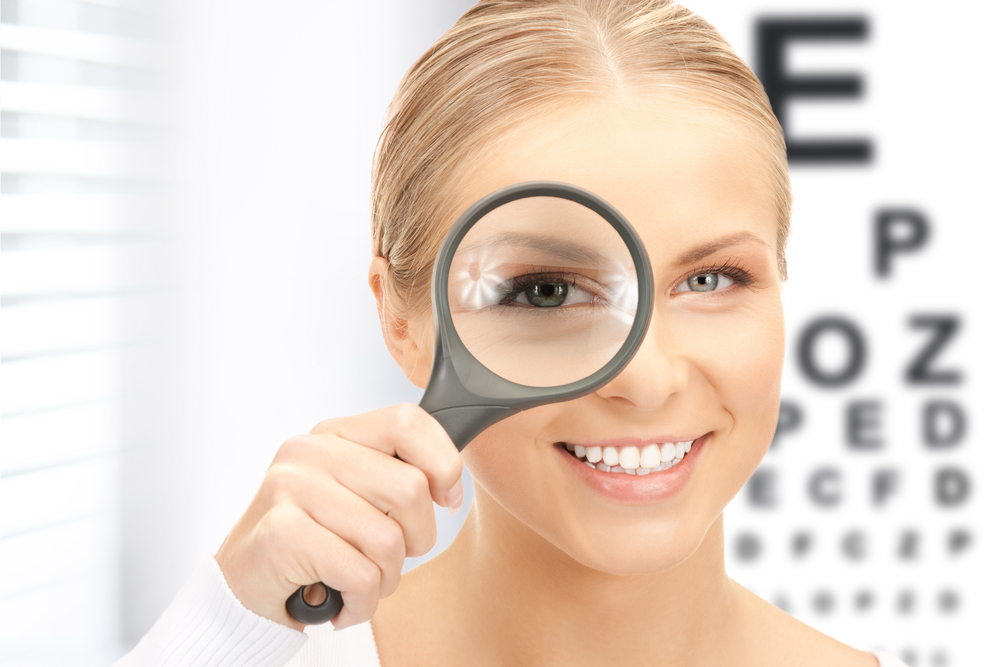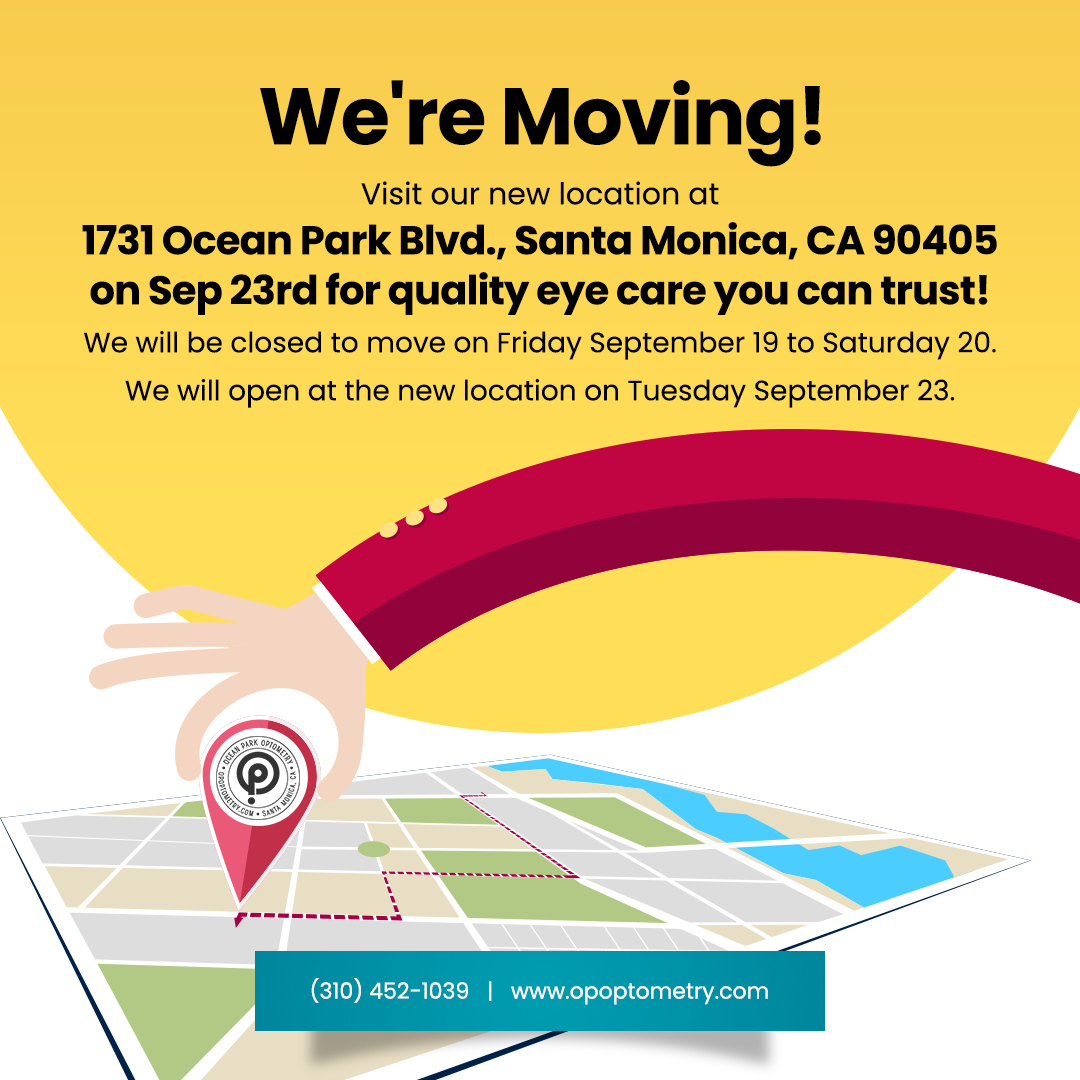
Many eye conditions exist, and as they become more complex, they require experts to diagnose them accurately. One such condition is BVD or binocular vision dysfunction. It is a very complex condition with a wide range of symptoms, making it challenging to identify and diagnose.
BVD not only affects your vision but also causes symptoms that affect other aspects of a patient’s life. Most BVD patients have gone through several doctors and treatments to address the symptoms to no avail. Only a specialized optometrist can correctly diagnose BVD.
So, what is BVD? What are the symptoms? How does a qualified optometrist diagnose it? Read on to learn more.
What Is Binocular Vision Dysfunction?
BVD is a condition that occurs when the left and right eyes are unable to align in the same line of sight. The misalignment is usually vertical. The misalignment strains the eye muscles and the visual system, producing symptoms common to BVD patients. The strain comes from the constant effort exerted by the visual system to try to focus and reconcile the images acquired by the eyes.
One of the reasons it is so hard to diagnose BVD is because the symptoms vary from person to person. Eye doctors usually have to look at the entirety of the symptoms and run specific tests.
How Do Eye Doctors Asses BVD?
A routine standardized or comprehensive eye exam cannot diagnose BVD. Most of these exams cannot detect BVD and often show that the patient has normal vision. The eye doctor needs to perform a BVD assessment.
First, the patient needs to fill out a questionnaire that checks for all the possible symptoms of BVD. There are two types of questionnaires available: one for adults and another for young children. The questionnaires help the eye doctor assess whether the same condition causes the symptoms.
How Is BVD Diagnosed?
After the questionnaire, the eye doctor will examine several visual abilities that BVD may affect. Most of these are not included in comprehensive eye exams. The main tests will measure:
Focusing or accommodation
Fusion
Depth perception
Ocular motility
Eye teaming or convergence
Spatial awareness
Presence of conditions that negatively affect binocular vision
Stereopsis
Eye tracking
Visual processing
Visual-motor integration
Visual perception
What Are the Symptoms of BVD?
Since BVD affects the ability of the visual system to work correctly, the optical signals sent to the brain often do not match. The strain on the eyes and this mismatch lead to some symptoms of BVD. The main symptoms of BVD are:
Double vision
Dizziness
Shadowed or blurry vision
Trouble with balance, clumsiness, or lack of coordination
Headaches
The need to shut one eye when using near vision, especially when using a computer
Avoiding tasks that require near vision
Objects in your peripheral vision seem to move even though they are static
Nausea
Motion sickness
Fatigue or eyestrain
Poor depth perception
Sensitivity to light
Needing to use a pointer or finger when reading to maintain your place
Needing to reread texts over and over again to understand them
For more on testing for binocular vision dysfunction, call Ocean Park Optometry at (310) 452-1039 to reach our office in Santa Monica, California.













